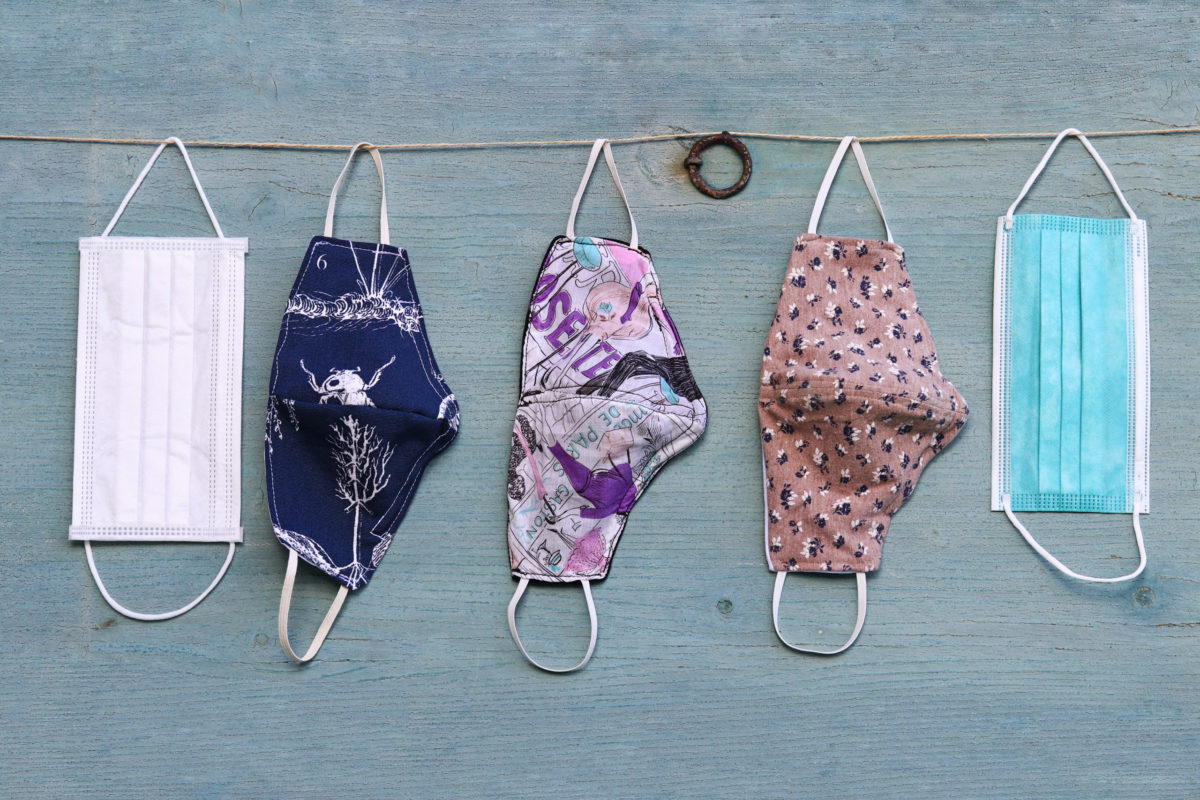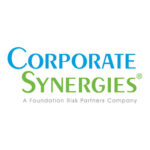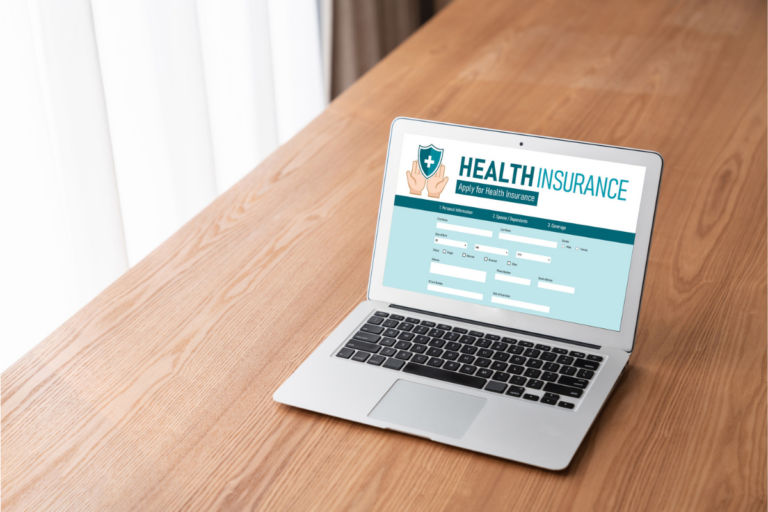
The IRS recently expanded eligible reimbursable medical expenses to include COVID-19 personal protective equipment (PPE). These expenses now qualify for tax-free payment or reimbursement from healthcare flexible spending accounts (health FSAs), health reimbursement arrangements (HRAs), health savings accounts (HSAs) and Archer medical savings accounts (Archer MSAs). Notifying employees of this change is a great opportunity to remind them of the value of these tax-favored accounts, how to use their funds and what are considered HSA- and FSA-eligible items.
Participants can now use these funds for masks, hand sanitizer, gloves, face shields, sanitizing wipes and other PPE purchased for the primary purpose of preventing the spread of COVID-19 for the purchaser, spouse or dependents.1
A group health plan may be amended to allow for reimbursement of COVID-19 PPE expenses incurred on or after January 1, 2020. A notice of this change should be communicated to all plan participants. Additionally, employers and plan sponsors should communicate with their FSA vendors, third-party administrators and other plan vendors to ensure that reimbursement is being handled properly under these new rules.
This follows another recent change to health FSAs that offered plan sponsors the option to be more flexible when dealing with their participants’ unused funds. Among other changes, these rules allow plan sponsors to carry over unused amounts remaining in health FSAs at the end of the applicable plan year.2
Additionally, in March 2020 the Coronavirus Aid, Relief and Economic Security Act (CARES Act) expanded eligible expenses to include over-the-counter items (OTC) and menstrual products. Previously, OTC items were only eligible with a prescription.3 While this change permits plans to include these items, sponsors of FSAs or HRAs may define eligible items more narrowly than the IRS guidelines. Employees may hear about all these regulatory changes without understanding how it impacts them.
Ensure you’ve educated employees on HSA- and FSA-eligible items.
Also make sure they know how they may use their funds, and for FSAs, when they expire. Most of all, encourage them to take advantage of these by communicating the cost and health benefits.
Employees with health FSAs, HSAs and other accounts may not realize that eligible expenses exist beyond the doctor’s office. HSAs and many FSAs/HRAs (depending on plan design) include health and pharmacy staples like sunscreen, pregnancy tests, breast feeding supplies, sexual health items, vapor units, thermometers, walkers, crutches and even eyeglasses and contacts as eligible expenses.
The recent inclusion of COVID-19 PPE is a timely way to remind employees how to get the most out of their benefits and tax-advantaged plans. Understanding how and when to use these funds is an important part of benefits literacy and an effective way to engage employees in their own health and wellness decisions.
For full details, please see the April 5 Compliance Alert on the Compliance Resource Page.
1 Internal Revenue Service, “Announcement 2021-7”
2 Internal Revenue Service, “Notice 2021-15”
3 H.R.748 – CARES Act





